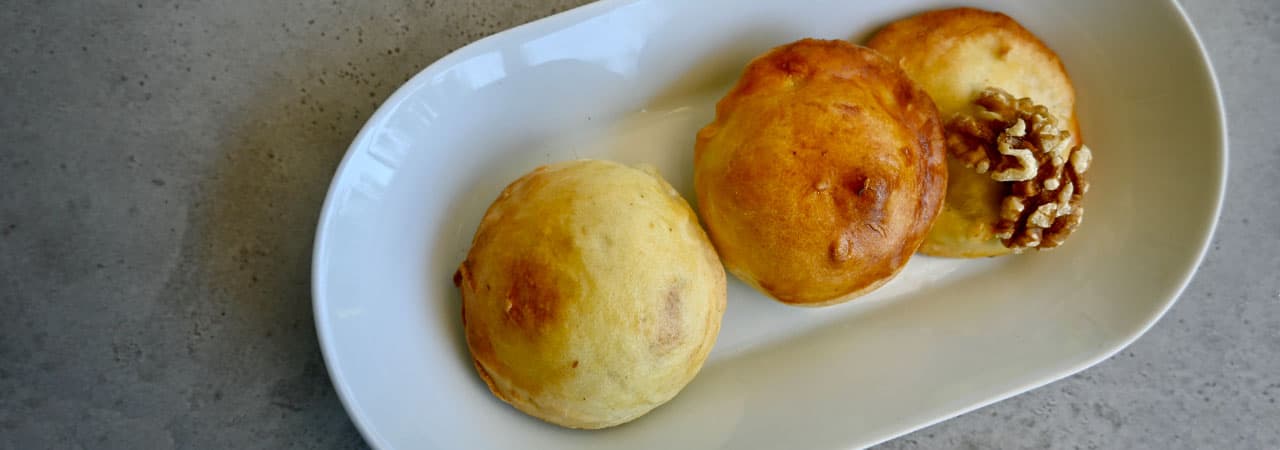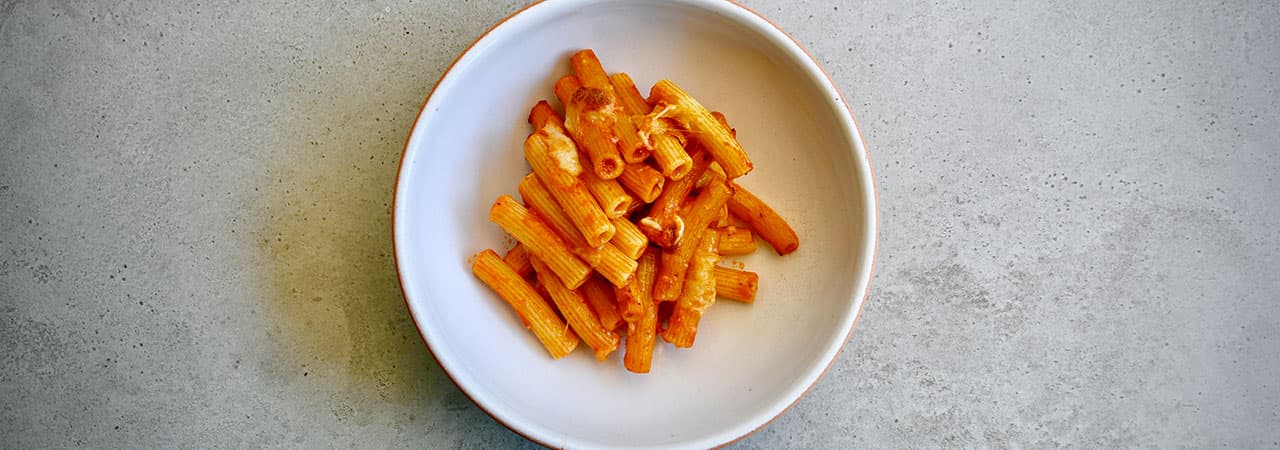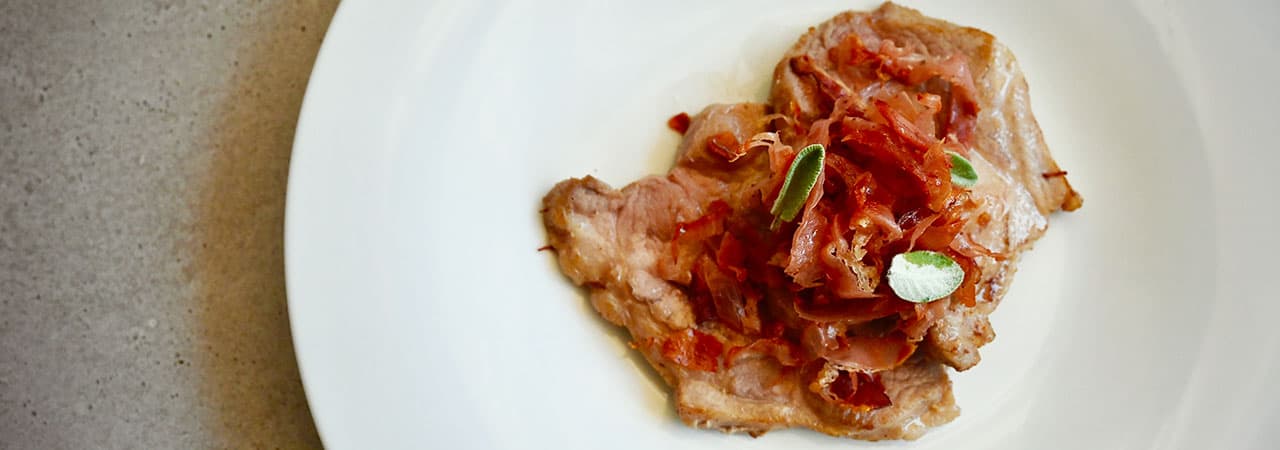october 2023
PODERI COLLA
Condensing centuries of history into a small presentation is never easy, especially when the people you should be writing about are close to you and you get to share some memories together every single day. But hey, you’re in this Club because you appreciate our perspective so here it is.
Documents from 1703 trace the beginning of the Colla family’s winemaking history. Originally from Santo Stefano Belbo, land of Moscato, they were key players in the development of the Vermouth and sparkling wine world in Piemonte. Born in 1930, Beppe Colla took over Cav. Prunotto’s business in 1956 and, when Piedmontese wines were still very little known, he made them famous throughout the world. A sharp-thinking and innovative man, he took part in the drafting of the production regulations of the Alba Wine Appellations and constantly pursued quality: in the 60s he was the first person in Langa to start making single wines from the grapes of the best locations and introduced the word cru on the label, a very important term to safeguard the area. Well respected all over the country, he is still considered to be one of the best winemakers of all time.
Today, his brother Tino, his sister Federica and his nephew Pietro, run Poderi Colla alongside Monica and Andrea, a family within the family.
Out of all the wineries we have worked with so far, nobody represents better than Poderi Colla the idea of wisdom and wit combined: patience, intuition and love for the land are embedded in the family and their estate. If you’d like to learn more, visit their website: www.podericolla.it
Our selection and when you should pop that cork (our modest opinion):
- Barbaresco Roncaglie 2020: Drink now – 2035
- Barolo Bussia 2019: Drink 2027 – 2039
- Bricco del Drago 2019: Drink now – 2035
ERBALUNA
The Oberto family’s roots go deep into the La Morra soil, with 4 generations of winemakers and an even older heritage of farming and viticulture in the same location. La Morra is today one of the most famous and visited villages in the Langhe, with people coming from all over the world to sample the wines and enjoy a breath-taking view of the valley. Walking into Erbaluna winery feels like travelling back in time: a courtyard with chickens and children roaming free, tractors moving around a very peaceful, meditative vibe.
First Barolo in history with an organic certification, the Oberto family was always particularly respectful of the nature surrounding them and the house they live in. Their wines are very traditional, very artisanal and have a touch of that “this is the wine my grandpa liked to drink”.
We are proud to import these wines into California, so look for them in your local shop or restaurant.
Our selection and when you should pop that cork (our modest opinion):
- Barolo 2017: Drink now – 2035
- Barolo Castagni 2016: Drink now – 2038
- Barolo Rocche dell’Annunziata 2017: Drink now -2026
CA’ DEL PRETE
Young, passionate and talented, Luca Ferrero is our most recent addition to the California wholesale project. Luca is from Pino d’Asti, an area between Alba and Torino that could easily be described as the most forgotten wine region in Piemonte: old villages, lots of wild trees and a very traditional lifestyle. After 4 generations of viticulture, Luca’s grandpa Giorgio was the first in the region to convert all his vines to organic farming in 1986. A respectful and thoughtful approach to making wine was always part of the family.
In the Langhe, Nebbiolo is king, while in Pino d’Asti, and area that was much wealthier in the past compared to Alba, Freisa is the most famous grape. Luca understands Freisa in a remarkable way and is capable of tuning it to different tones depending on the expression he wants to highlight: we picked three bottles that would showcase how great Freisa can be when done right.
Our selection and when you should pop that cork (our modest opinion):
- Blenda 2021, Freisa d’Asti, stainless steel: Drink now
- Casot 2018, Freisa d’Asti superiore: Drink now – 2032
- Poco dopo un Ferragosto (a little after Ferragosto) blend of local grapes: Drink now
327
Three friends meet in Alba and decide to make wine at 327 meters above sea level. It’s the story of Michelino, the farmer, Fabrizio, the winemaker and Tommaso, the guy from Milano who can’t stand the city and at one point decides to move to the Langhe. We’ve got a special connection to these wines because we can literally see the vineyards across the valley from our house and because they were among the first ones who reached out to us when we returned home from California. Historically, the hill of Santa Rosalia was famous in Alba for being one of the best spots for grape growing: soft tannins, great fruit and a unique micro-climate.
It may not have the power and the potential for ageing of Serralunga d’Alba in the Barolo region, but Santa Rosalia grapes make phenomenal easy-drinking, contemporary wines and the boys at 327 know it well. As everything we like to select for you, these bottles are made following natural farming principles, without micro-filtration or chemicals.
Our selection and when you should pop that cork (our modest opinion):
- Barbera d’Alba DOC 2021: Drink now – 2026
- Langhe Nebbiolo DOC 2021: Drink now – 2030
- Freisa Rosato 2021: Drink now

Taralli cream with grilled tomatoes
What you need:
- - Taralli, 200 g
- - Vegetable broth, 180 g
- - Shallot, 1 medium-sized
- - Heirloom tomatoes, 2 medium-sized
- - Oregano, a pinch
- - Extra Virgin Olive Oil (E.V.O.), 80 g
- - Salt
- - Pepper
- - A large saucepan
- - An immersion blender
- - A large bowl
- - A grill
How it is done:
In a large bowl, roughly break up the taralli. Add about 1/3 of the vegetable broth and let them soak until the taralli become soft and easy to break with your hands.
In a large saucepan, add two tablespoons of olive oil. Clean and halve the shallot, then add it to the saucepan and cook it over medium heat. When it changes color, add the remaining broth, reduce the heat, and simmer. Remove the shallot at this point, and add the soaked taralli. Stir and cook until they are completely dissolved. Remove from heat, season with salt and pepper, and add three more tablespoons of extra virgin olive oil. Using an immersion blender, blend until the mixture is silky and uniform.
Wash and peel the tomatoes, then dry them and cut them into slices about half a centimeter thick. Lightly salt the slices and let them rest for about 10 minutes.
Heat a grill, brush the tomato slices with a little oil, and grill them for 1 minute on each side. Season them with pepper and oregano.
How to serve:
In a deep plate, put some of the taralli sauce, and in the center, arrange two or three grilled tomato slices. Finish with a few pieces of broken taralli and a sprinkle of oregano. You can use this sauce in numerous other recipes; try it with a classic garlic and oil pasta.

Puff pastry Mozzarella in carrozza
What you need:
- - Type 0 Flour, 200 g
- - Water, 160 g
- - Mozzarella, 150 g
- - Walnuts, 30 g (shelled)
- - Egg, 1
- - Salt, 2 g
- - Brewer's yeast, 25 g
- - Extra Virgin Olive Oil
- - Semolina flour
- - Brown sugar
- - A large bowl
- - A baking sheet
- - Parchment paper
How it is done:
In a large bowl, place all the flour and a tablespoon of oil. Heat the water to 35°C (95°F), then add a pinch of brown sugar and the brewer's yeast, and mix well. Pour the entire water mixture onto the flour and stir until the two elements are perfectly combined. Wait for about two minutes, then add the salt and another tablespoon of oil. The dough at this stage should not be smooth. Cover the bowl with a damp cloth and let it rise for a couple of hours. Dust it with semolina flour and fold it into quarters to form a dough ball. Let it rest in the fridge for 24 hours.
After 24 hours, remove it from the fridge at least two hours before using it. Divide it into spheres of equal weight, and flatten them to obtain pasta discs of about 7 centimeters (2.75 inches) in diameter. Cut the mozzarella into slices about one centimeter (0.4 inches) thick and place a slice in the center of a pasta disc. Add a couple of walnuts, then close with another pasta disc. Seal the edges and brush the surface with a little beaten egg.
Bake in a preheated oven at 250°C (482°F) for about 15 minutes.
How to serve:
The best way to serve this dish is on a single sharing plate. Place it on the table and let your guests serve themselves!

Pasta al forno
What you need:
- - Short pasta, 250 g
- - Tomato sauce, 200 g
- - Mozzarella, 120 g
- - Grated Parmesan cheese, 120 g
- - Capers, 30 g
- - Pitted olives, 30 g
- - Coarse salt
- - Pepper
- - A large pot
- - A skillet
- - An ovenproof dish
- - An oven
How it is done:
Bring a large pot of salted water to a boil. Cook the pasta for two minutes less than the recommended time. Drain and rinse it under cold running water until the pasta is completely cold.
In a skillet, quickly toast the capers and olives. Then add the tomato sauce and cook for another couple of minutes. Season the pasta with the sauce and half of the grated Parmesan cheese. Mix until evenly coated. Transfer the pasta to the ovenproof dish and add the mozzarella roughly torn into pieces on top. Cover with the remaining Parmesan cheese.
Bake in a preheated oven at 200°C (392°F) for about 15 minutes or until the mozzarella is melted and golden in some spots.
How to serve:
In a deep plate, place a generous portion of baked pasta, garnish with a caper flower, and sprinkle some oregano on top.

Pork escalope with sage and crunchy prosciutto
What you need:
- - Pork loin, 200 g (sliced)
- - Prosciutto crudo (dry-cured ham), 120 g
- - Fresh sage leaves, 3-4
- - Butter, 25 g
- - Red wine, 1 glass
- - Salt
- - Pepper
- - A large skillet
How it is done:
Begin by cutting the prosciutto into thin slices and then into very small strips. Heat a large skillet and add the prosciutto. Cook over low heat until the prosciutto releases all its fat and becomes crispy. Remove it from the skillet and set it aside.
Pat dry the pork slices with paper towels and lightly season them with salt. Keep in mind that the prosciutto, once heated, releases all the salt used in the aging process, so be conservative with the salt at this stage.
In the same skillet where you sautéed the prosciutto, cook the pork slices, depending on their thickness, until they are golden brown and cooked through. Season with pepper.
Remove the skillet from the heat, then add the butter and sage leaves. Let the heat of the skillet melt the butter completely, then return it to the heat and add the red wine. Reduce the sauce until it thickens.
How to serve:
In a deep plate, put some of the taralli sauce, and in the center, arrange two or three grilled tomato slices. Finish with a few pieces of broken taralli and a sprinkle of oregano. You can use this sauce in numerous other recipes; try it with a classic garlic and oil pasta.
